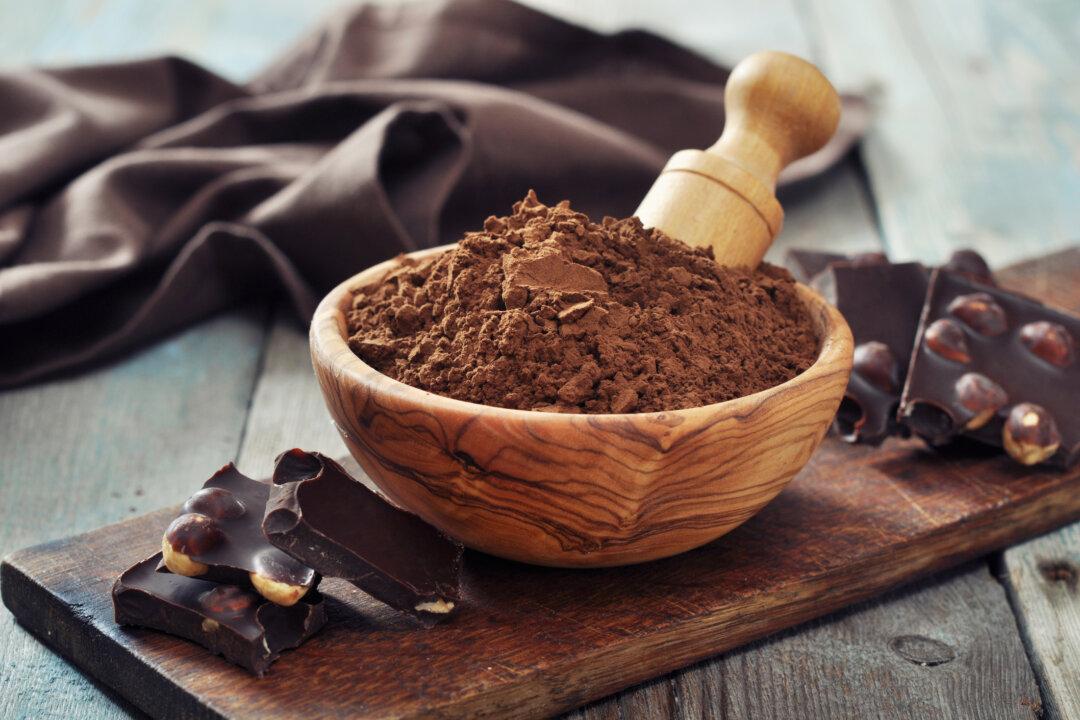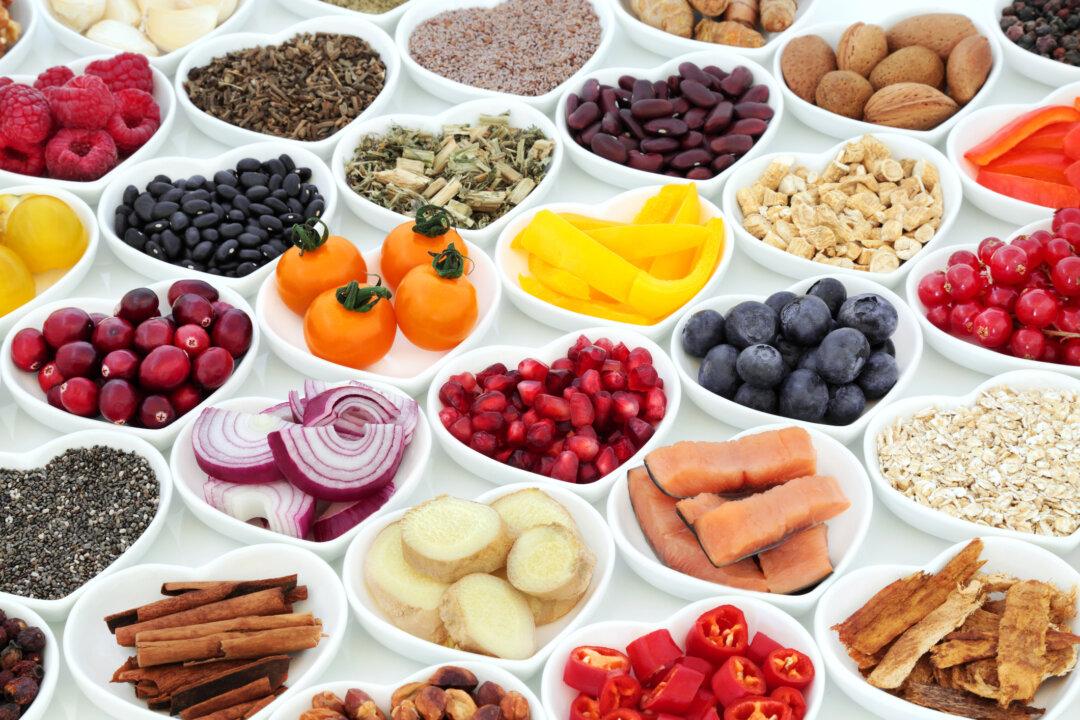Get the most out of your foods by choosing preparation and storage methods that preserve their vitamins, minerals and phytochemicals.
Fresh is best, frozen is next
Fresh, ripe produce in season will usually be highest in nutrients — but fruits and vegetables are needed year-round, even in the middle of winter. The U.S. Department of Agriculture indicates that freezing produce immediately after harvesting retains 95% to 100% of most vitamins and minerals, with the exception of vitamin C, which decreases by up to 30 percent in frozen produce. Keep several varieties of fruits and vegetables in your freezer so they’re always available.
Cut cooking times for vegetables
The longer foods are exposed to heat, the more nutrients are lost. To reduce cooking times, cover the pot to retain heat and avoid evaporation, place vegetables in already boiling water, and enjoy vegetables with a crunchier texture.
Keep canned on hand
Canned fruits and vegetables that contain little or no sodium or added sugar are easy and convenient; keeping a variety on hand guarantees you immediate access to important nutrients.
Be water-wise
USDA data show that up to 50% of the vitamin C, thiamin, vitamin B6, and folate content in food can be lost to the water it’s cooked in. To retain water-soluble nutrients, use cooking methods like steaming or stir-frying that use little or no water, reduce the amount of water used in steaming and boiling, and reuse cooking water in soups or sauces to capture escaped nutrients.
Don’t ditch the peel
Keeping peels on foods such as potatoes, carrots, apples and pears preserves more nutrients, which tend to concentrate near the surface. In place of peeling, opt for using a good vegetable scrubber.
Chop less
Chopping foods into smaller pieces increases the surface area exposed to light, heat and water — three factors that degrade nutrients. One exception is garlic and others in the allium family; chopping these foods and allowing them to sit for 10 minutes before cooking increases the availability of their active components.
Make the most of your microwave
Since it cuts cooking time and water use, the microwave is a nutrient-friendly appliance. Microwaving preserves higher antioxidant activity in a majority of vegetables versus other cooking methods. Choose glass or ceramic dishes for microwave use; harmful chemicals can leach out of plastic into your food, and some plastics actually begin to break down during microwaving.
Keep it cool
The nutrient content in many fruits and vegetables can be maintained with cooler temperatures, high humidity, and less air contact. Store produce in airtight containers in the fridge.
Use it all
Many vegetables are entirely edible and rich in nutrients, so using the entire plant, from root to stem, is a sure way to add nutrients to your day. Or, toss vegetable scraps into a pot of water and make your own flavorful stock, which can be stored in the freezer and used as a base for soups, stews and sauces.
©2022 Belvoir Media Group, LLC. Distributed by Tribune Content Agency, LLC.




